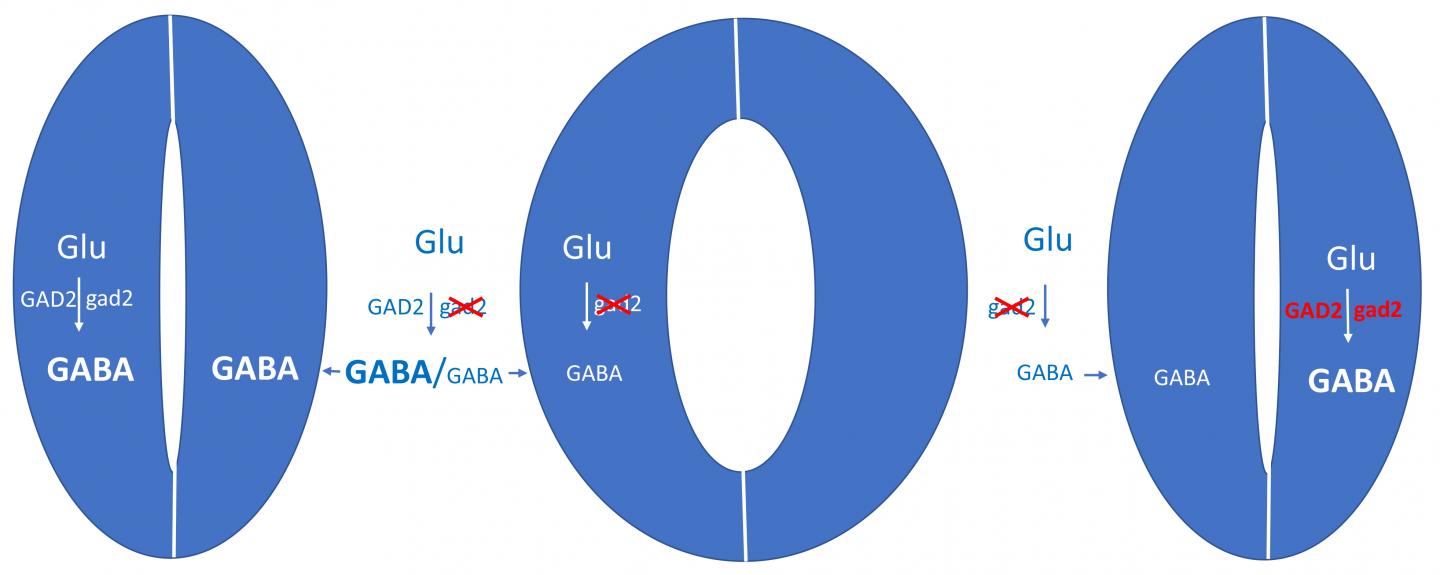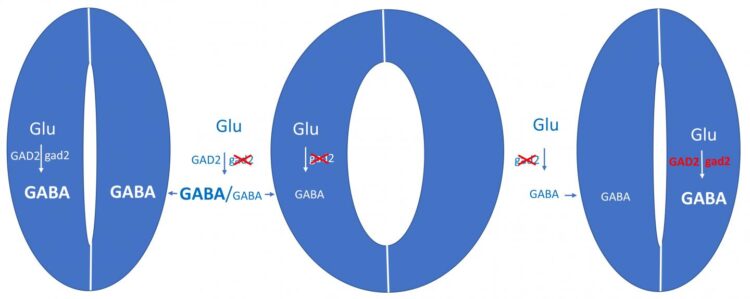
Credit: (Picture: Rainer Hedrich / University of Wuerzburg)
“I’ve been studying how plants regulate their water balance for over 35 years. To find a completely new and unexpected way for saving water has certainly been one of the most surprising discoveries in my life.” So says Professor Rainer Hedrich, plant scientist and biophysicist from Julius-Maximilians-Universität (JMU) Würzburg in Bavaria, Germany.
Hedrich’s group discovered this new strategy together with researchers from the University of Adelaide in Australia. The results have been published in the journal Nature Communications.
GABA quantity as stress memory
The publication shows: plants use the signalling molecule GABA (gamma-aminobutyric acid) to remember the dryness of a day. The drier it is, the more GABA accumulates in the plant tissue during the day. And the next morning, the amount of GABA determines how wide the plant opens its leaf pores. The opening width of these pores can limit water loss.
GABA is a signalling molecule that also occurs in humans and animals: there it is a messenger substance of the nervous system. Plants have no nerve cells and no brain. And yet GABA is now also found in them in connection with memory-like processes.
Rainer Hedrich names another connection: Short-term memory, which the carnivorous Venus flytrap uses to count the number of times its prey touches it, depends on the calcium level in the cell. And it is the calcium level that regulates the enzymatic biosynthesis of GABA in plants.
Low water needs, high drought tolerance
The GABA effect has been demonstrated in various crops, as Professor Matthew Gilliham of the University of Adelaide explains: “Under the influence of GABA, barley, broad beans and soybeans, for example, close their leaf pores.” Laboratory plants that produce more GABA due to mutations also react in this way. In experiments, these mutants need less water and survive drought longer.
Scientists know of other signalling substances in plants that cause the leaf pores to close. But GABA relies on a completely different mechanism of action, explains the lead author of the publication, Dr Bo Xu from the Australian Research Council Centre of Excellence in Plant Energy Biology.
Drought-tolerant plants for the future
Insights into the water-saving mechanisms and drought tolerance of plants are becoming increasingly important in times of climate change. For some years now, increasing heat and drought have been affecting many crops. The earth’s water resources that can be used for agriculture are also threatened. Mankind is therefore likely to be increasingly dependent on new varieties that still produce good yields with as little water as possible.
###
Media Contact
Prof. Dr. Rainer Hedrich
[email protected]
Original Source
https:/
Related Journal Article
http://dx.





